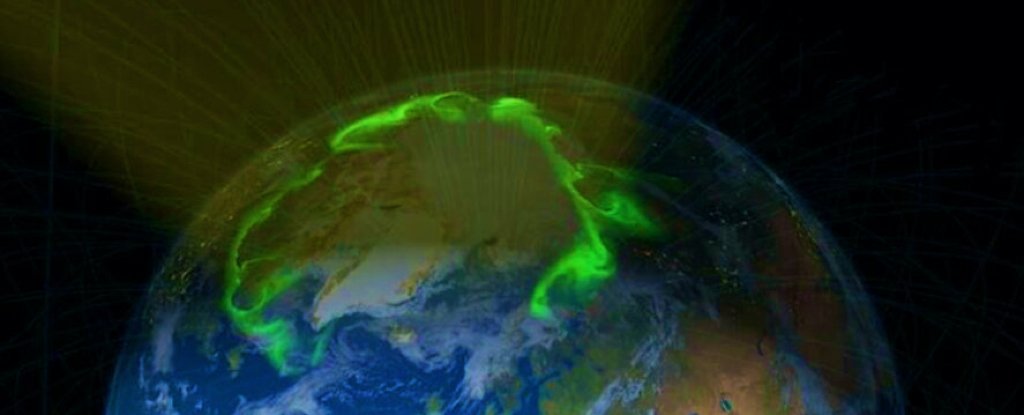
The solar wind is strangely attracted to Earth’s north pole, and scientists don’t know why
Probably the most famous finding of Earth’s magnetic field is Aurora borealis And the Astralis (Northern and Southern lights). When charged particles from the solar wind reach Earth magnetic field, They can sometimes produce amazing light shows.
For years now, scientists have believed that the charged particles that cause these displays have been sent in equal numbers toward the North Pole and South Pole.
However, recent research by a team led by scientists from the University of Alberta has shown that there are actually more charged particles heading north than south. The question now is why?
The data used by the scientists were collected by swarm Satellite constellation – a group of 3 satellites that have been monitoring the Earth’s magnetic field since 2013.
One of the things I noticed at the time was that the Earth’s magnetic south pole is “too far from the Earth’s rotational axis than the magnetic north pole.” Evan Bachotin, Lead author of the paper.
This leads to differences in the reflection of a type of electromagnetic wave known as Alvin waves, Which ultimately causes differences in how the north and south poles interact with the solar wind.
This measured asymmetry could mean any number of things. For example, the chemistry that occurs in the upper atmosphere can vary greatly between the north and south poles, which could have significant climate impacts on Earth. But also, it might mean a contradiction between the two auroras.
So far the effects of asymmetry are unclear, and as with almost all good science, it requires further study. Swarm will continue its mission to collect data that will be relevant to solving the puzzle.
Meanwhile, those of us lucky enough to experience the aurora borealis can continue gazing upwards in wonder, no matter how different they are.
This article was originally published by The universe today. Read the The original article.

“Analist. Schepper. Zombiefanaat. Fervente reisjunkie. Popcultuurexpert. Alcoholfan.”
